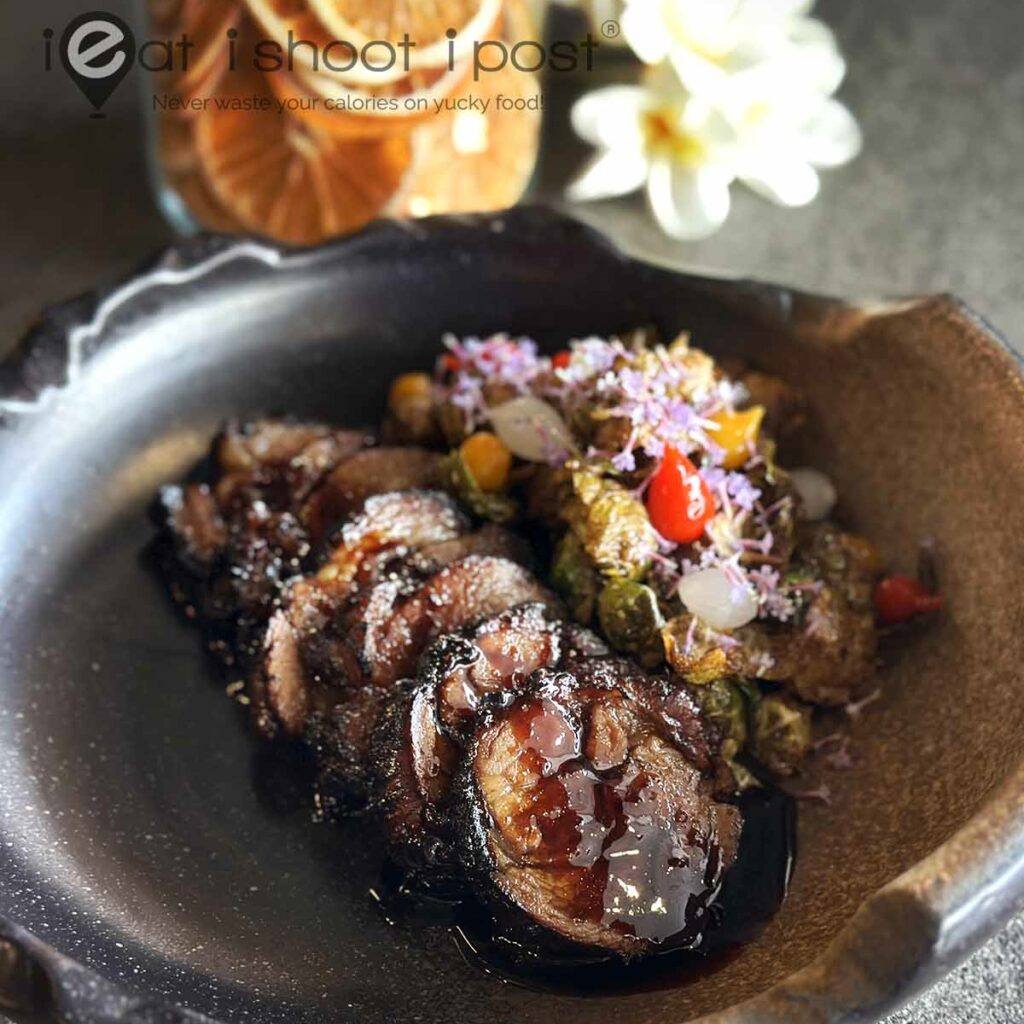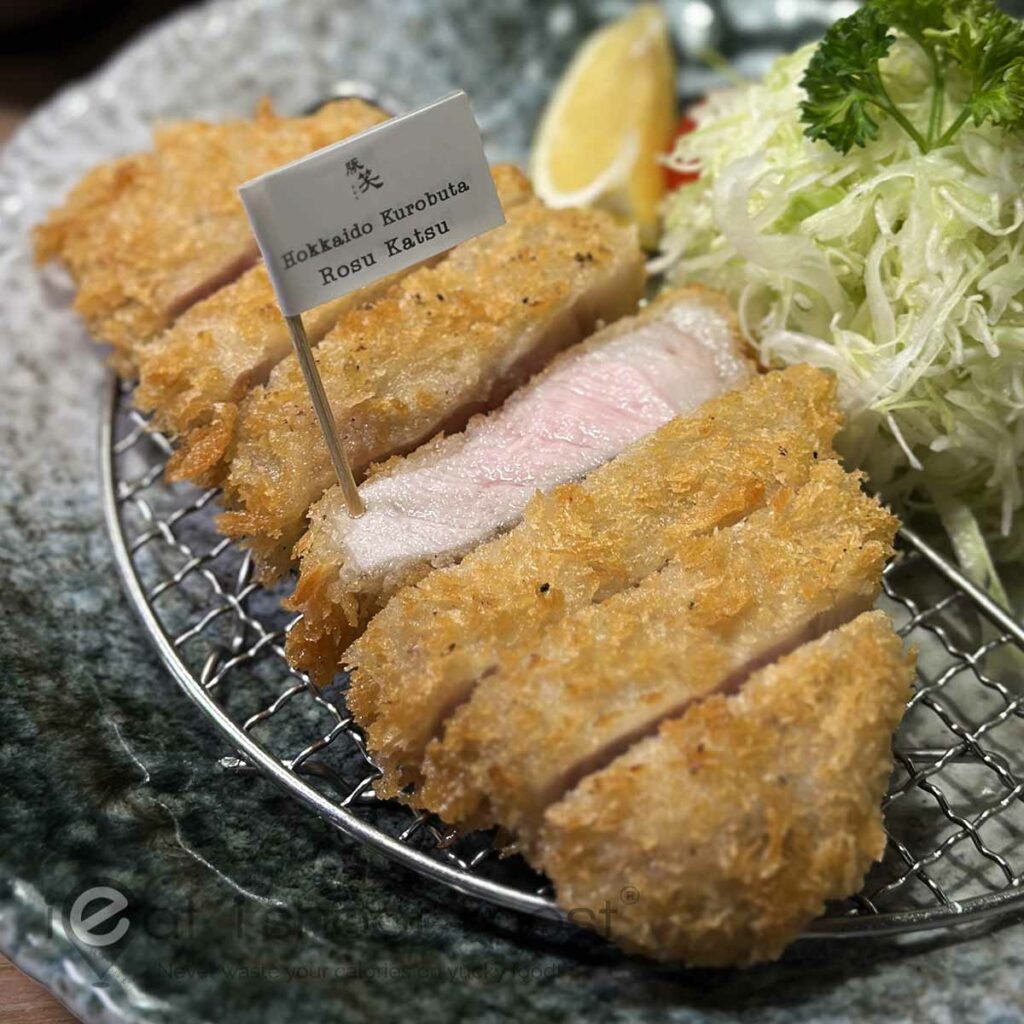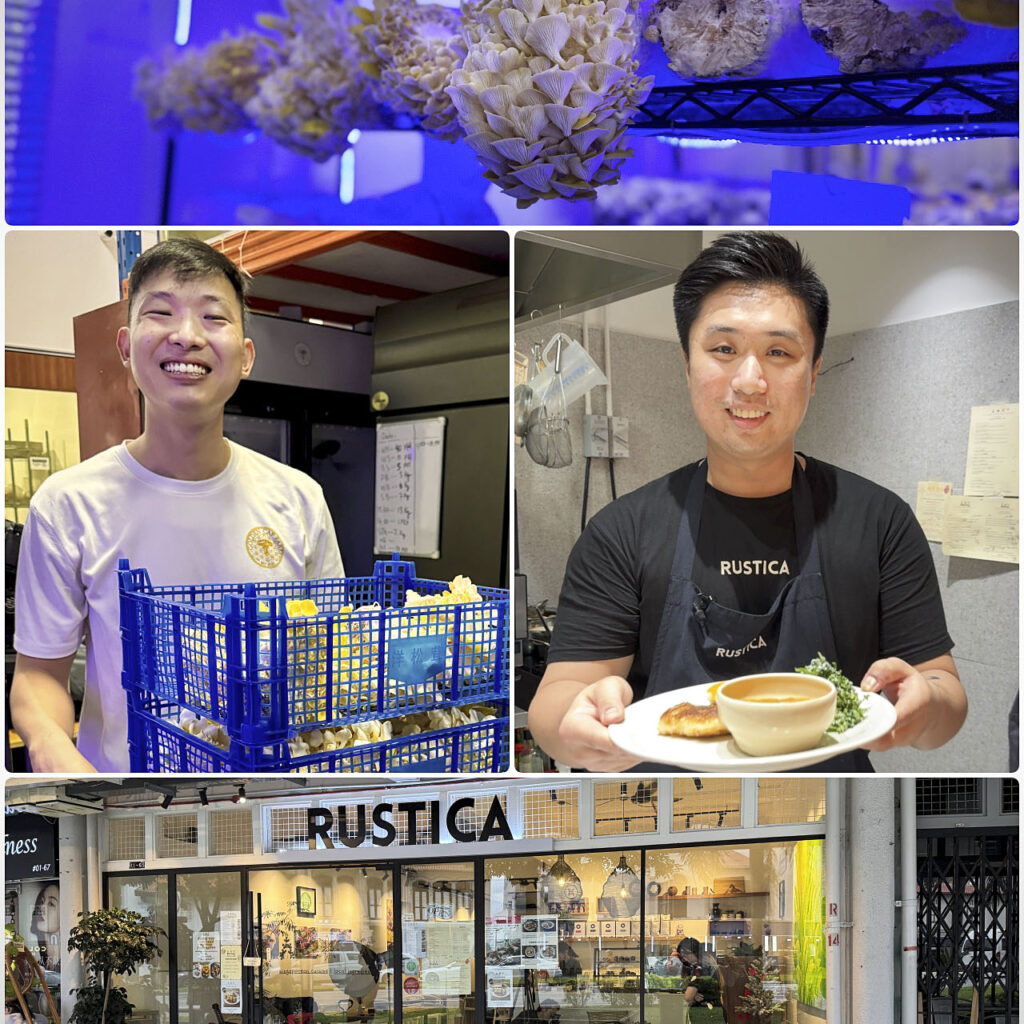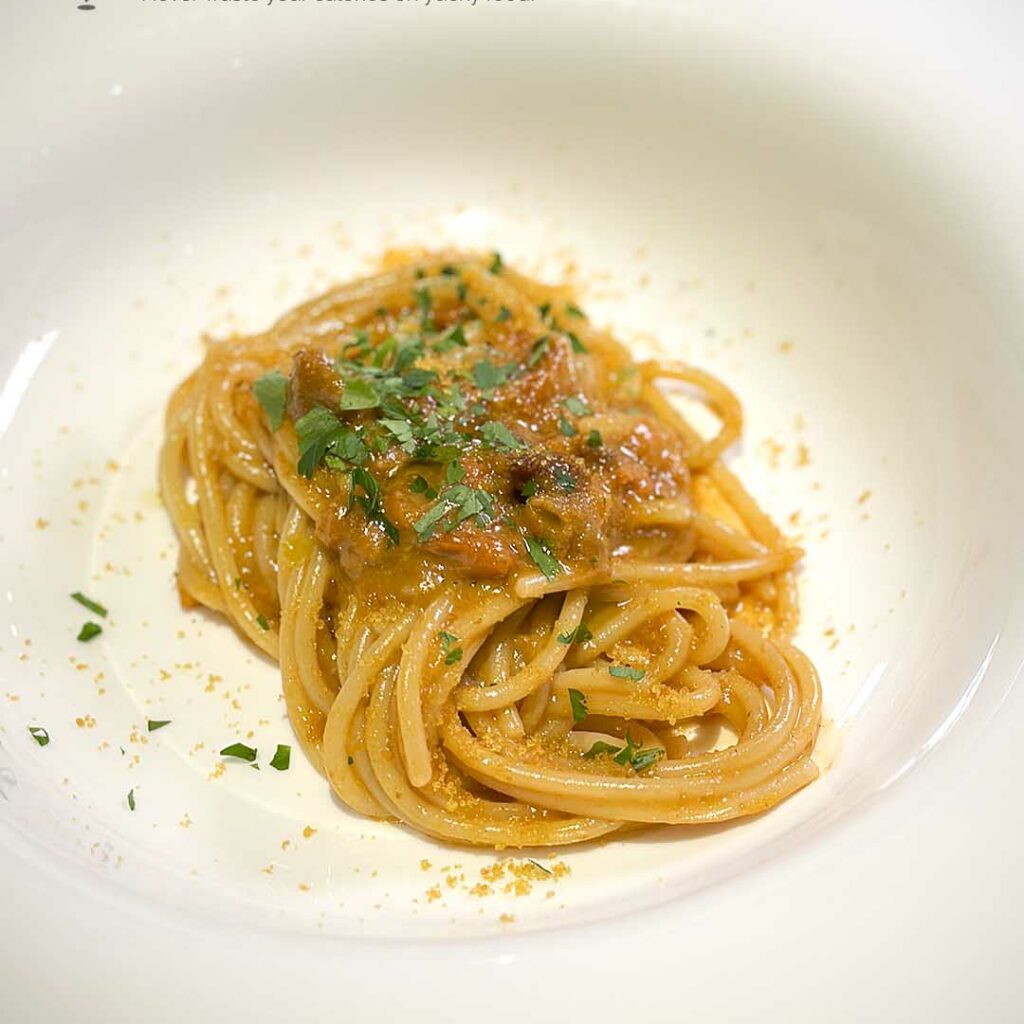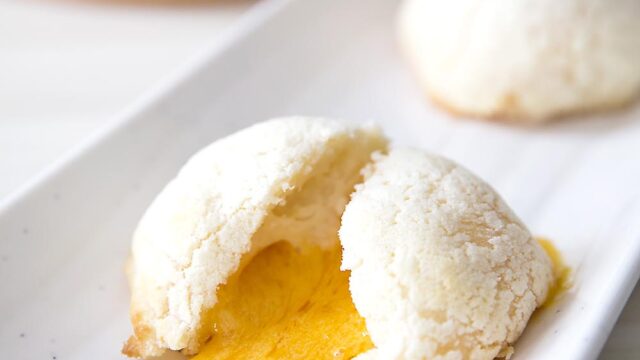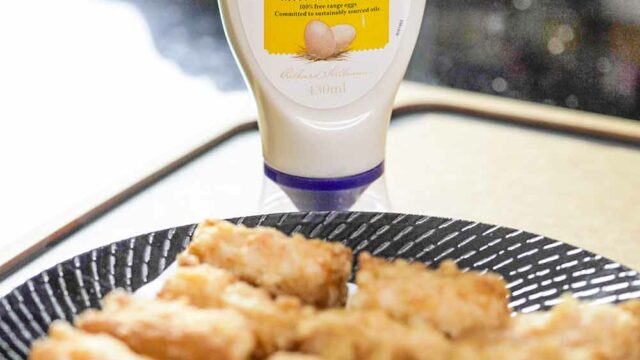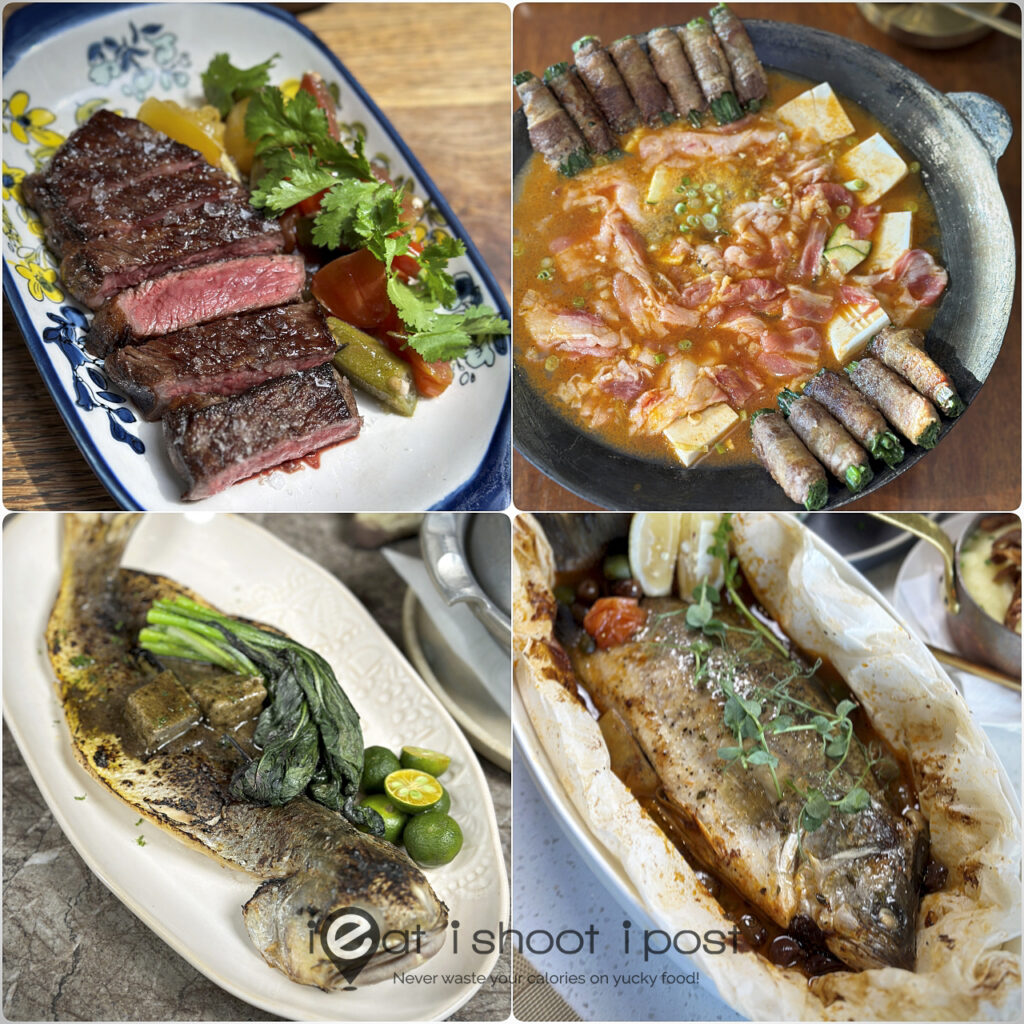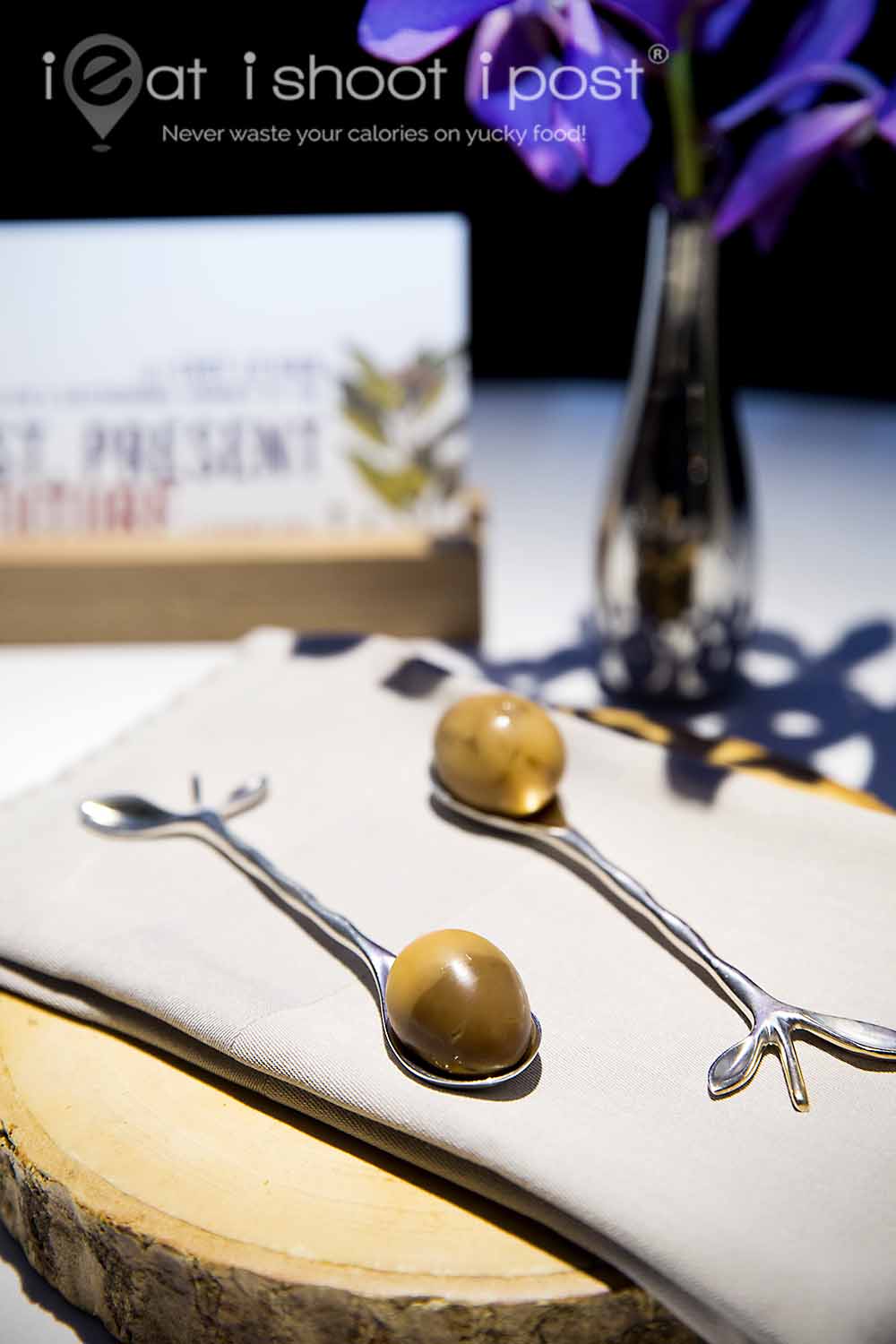
Modern Singaporean cuisine is no longer considered “new”. It really started more than a decade ago with Chef Willin Low’s Wild Rocket. Nowadays, a “laksa” this and a “chilli crab” that can be found everywhere, even at fast food chains, which begs the question:
“Is this a good thing or a bad thing?”
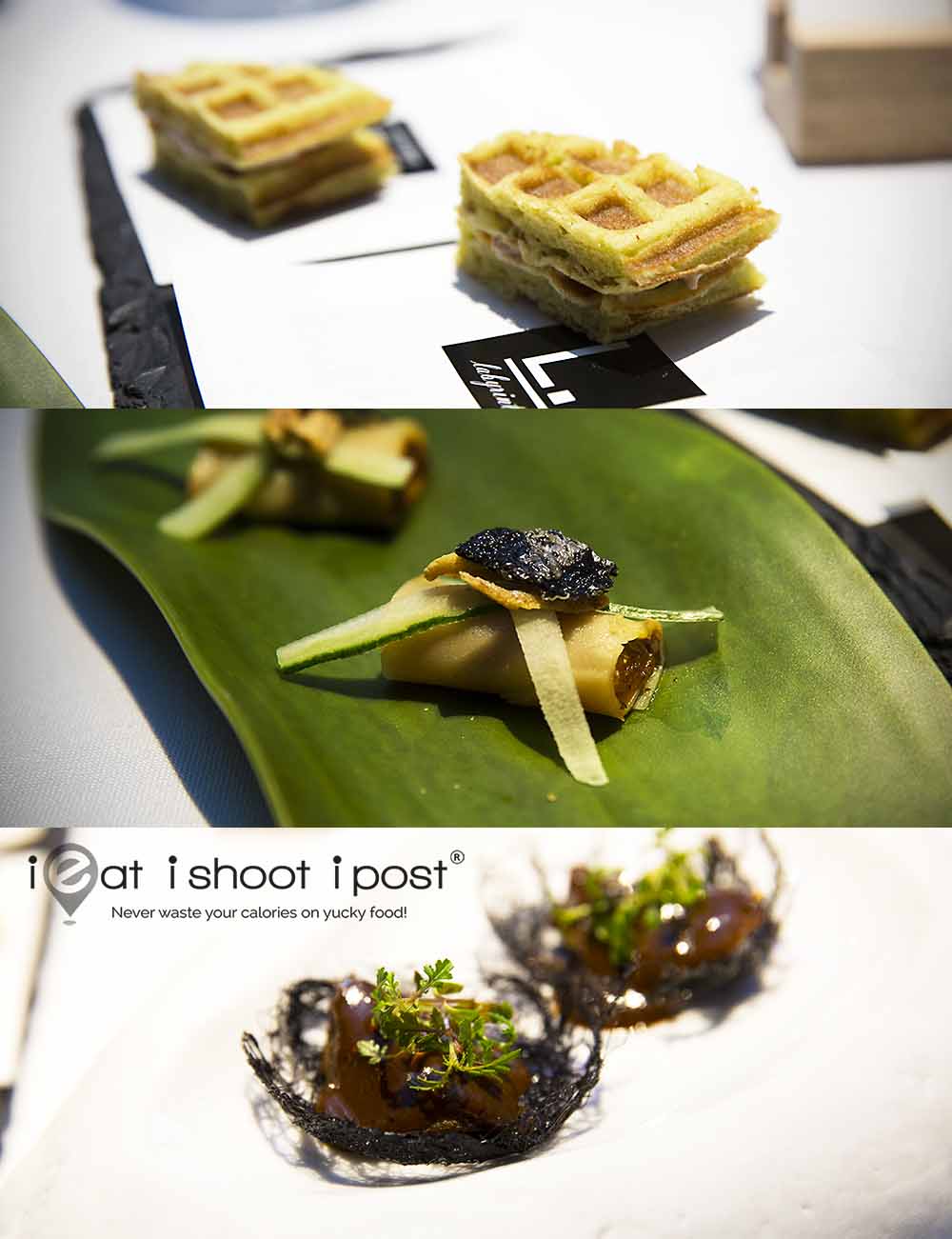
Well, I think that it is an inevitable thing and I would go so far to say that it would be sad thing if no one were trying to capitalize on these unique Singaporean flavours. It is a sign that our culinary culture is maturing and as it does, we distilling the flavours that define our culture.
The real question is: “What’s next?”
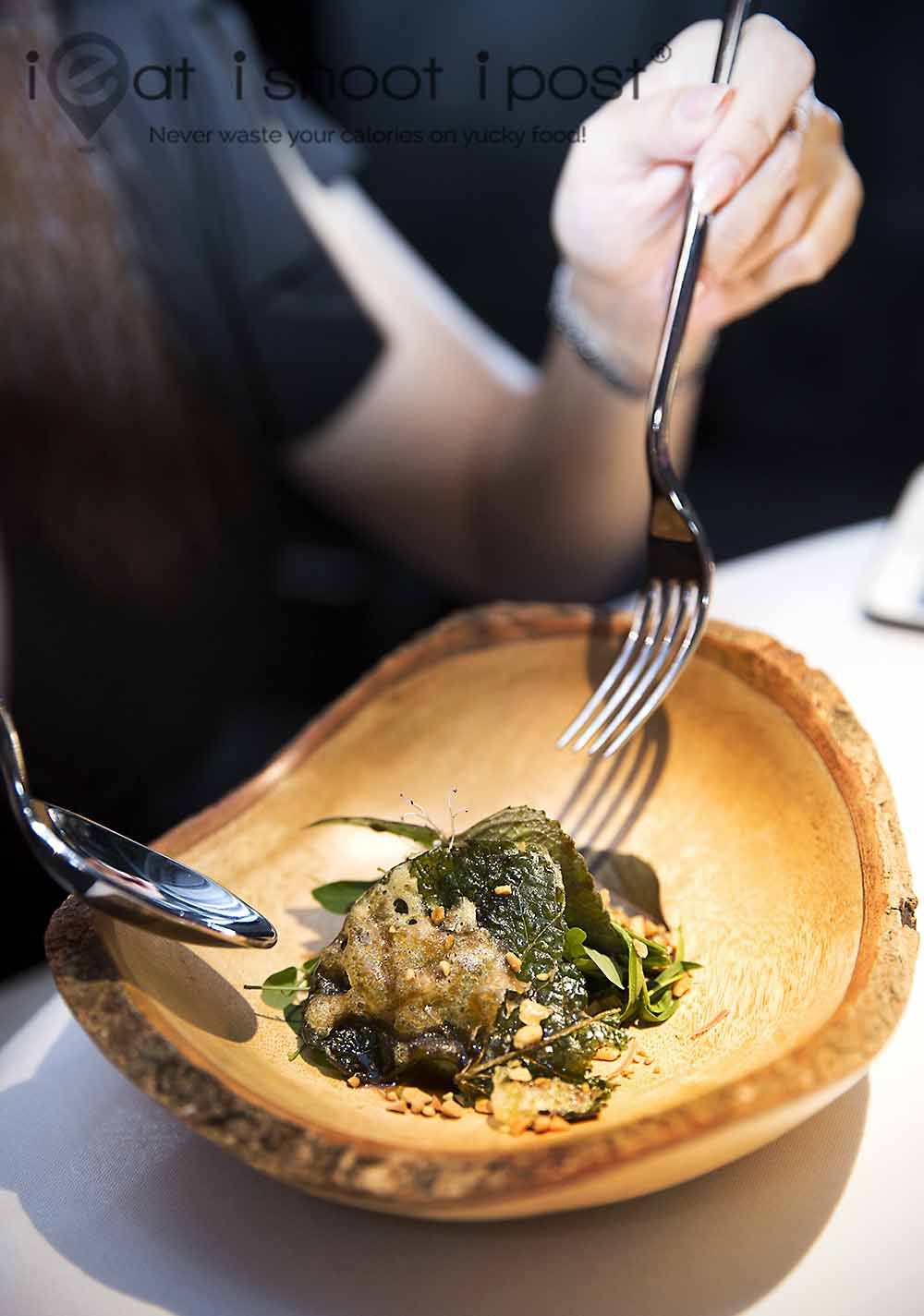
That is the question which Chef Han Li Guang is striving to answer. It was only a year ago when his restaurant was awarded a Michelin Star for his take on modern Singaporean cuisine. At the time, he was doing what most “mod-Sin” practitioners where doing. Pairing high end ingredients with Singapore flavours with perhaps a tweak in texture such that it becomes (hopefully) something new and exciting. The self-taught banker-turned-chef managed to do it well enough for Labyrinth to be the first ever Mod-Sin restaurant to be awarded a Michelin star!
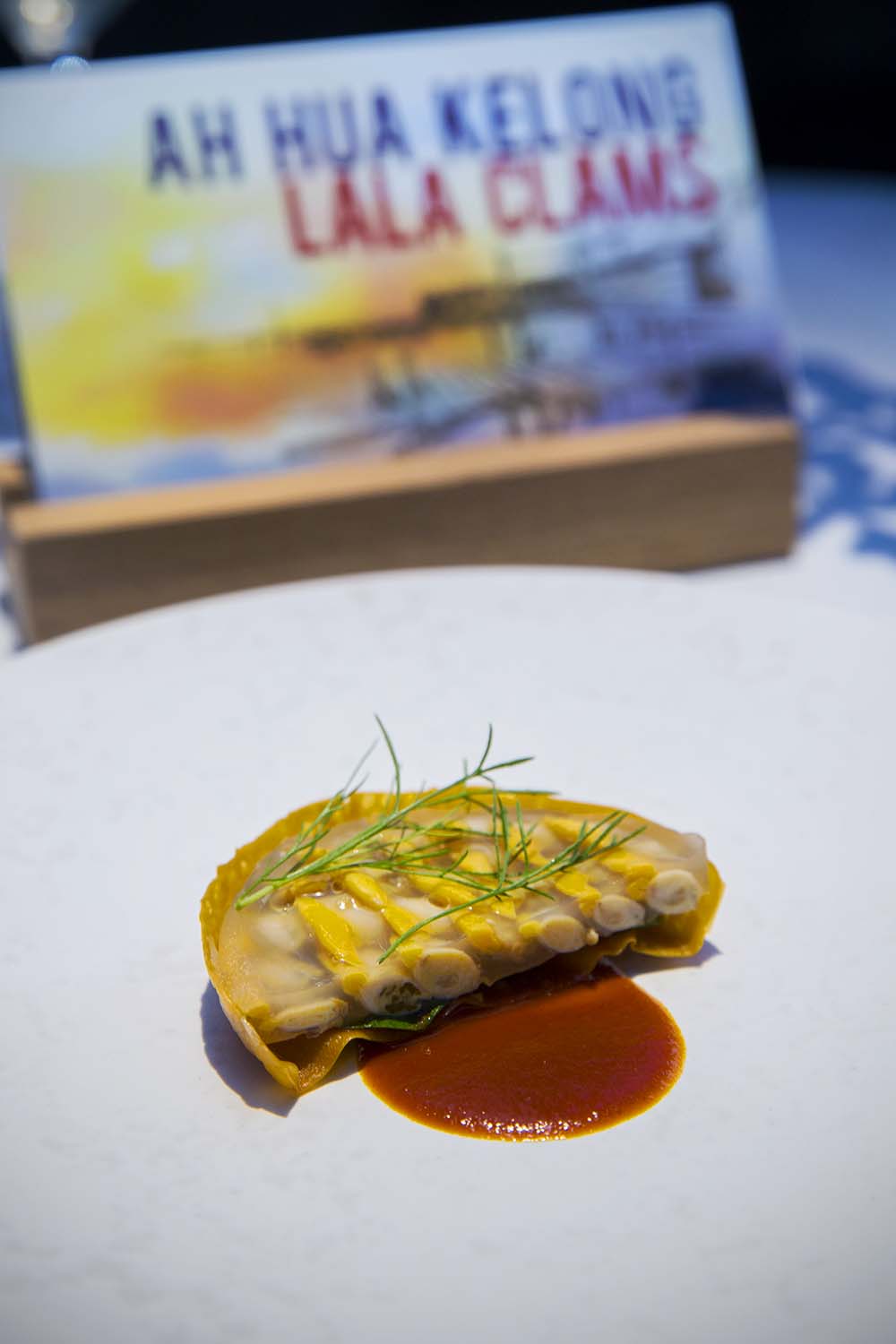
However, our restless chef wasn’t going to just sit back and bask in the success. A few months after winning the award, he decided to renovate the restaurant and embark on a rather ambitious menu which would feature locally sourced ingredients!
I think any Singaporean would balk at the idea. Apart from a few farms in Lim Chu Kang, what does Singapore really produce? This idea of “going local” certainly helped Chef Rene Rezepi of Noma to become the top restaurant in the world, but that’s in a country with natural resources. What natural resources does Singapore have?
This is perhaps the conundrum that makes his current menu particularly exciting.

It’s exciting because you are not going to meet the usual suspects in a fine dining meal like Wagyu, lobsters, oysters, etc — ingredients with high perceived value which are thrown in to justify the price of the meal. No, the excitement stems from discovering edible stuff growing out of our little red dot!

Now, this is very risky because we are not like other countries where we get to choose the best produce from a few farms. In Singapore, there is only one quail farm, so when you serve “tea smoked quail eggs” it is not making the statement that “these are best quail eggs you can get your hands on”, but “hey, did you know that we have a quail farm in Singapore?”

Having said that, our local cuisine has always placed more emphasis on skills than on ingredients. Ingredients are important, of course, but when you are making a beef rendang, you don’t need to use wagyu beef! All you need is meat from the scrawny local cattle that you see while driving in Malaysia and with some serious culinary skills, turn it into something sublime!
Now, I am not saying that our local ingredients are not good. Our local farmers are all passionate about their work. They have to be, if they have chosen to be a farmer in land scarce Singapore. What I am saying is that I don’t think anyone from outside of Singapore would specially import any of our stuff because it is so much better than what is found in their own country. I am also saying that it takes a chef of considerable gumption to take on such a challenging task.
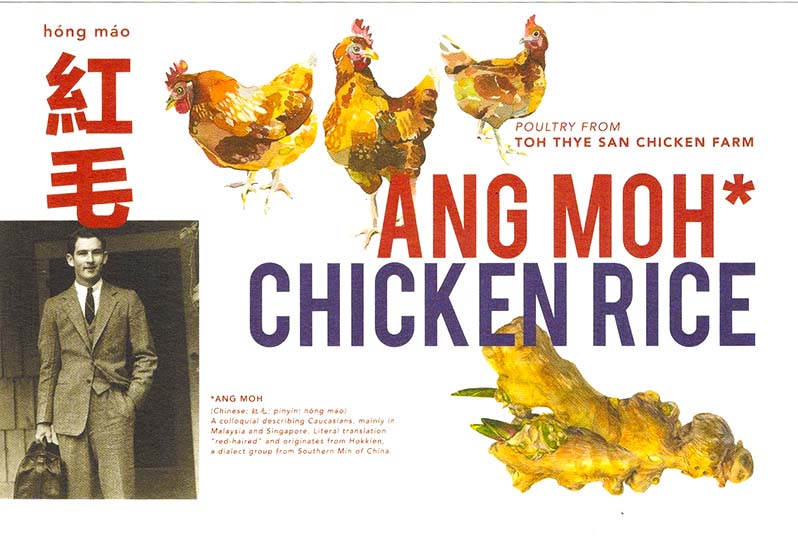
The result of such a courageous move is a menu which draws you in like a good page-turner. After each course, one is left in eager anticipation of what other local ingredients Chef Han has managed to find in Singapore!
Take his la la (razor clams) tart for example. Did you know that these clams are still being harvested along the sand banks in Sembawang? Chef Han takes these little bivalves, removes the shell and lines them up like a platoon of soldiers before setting them in jelly. He then assembles it on a crispy wanton skin base to make his lala tart .
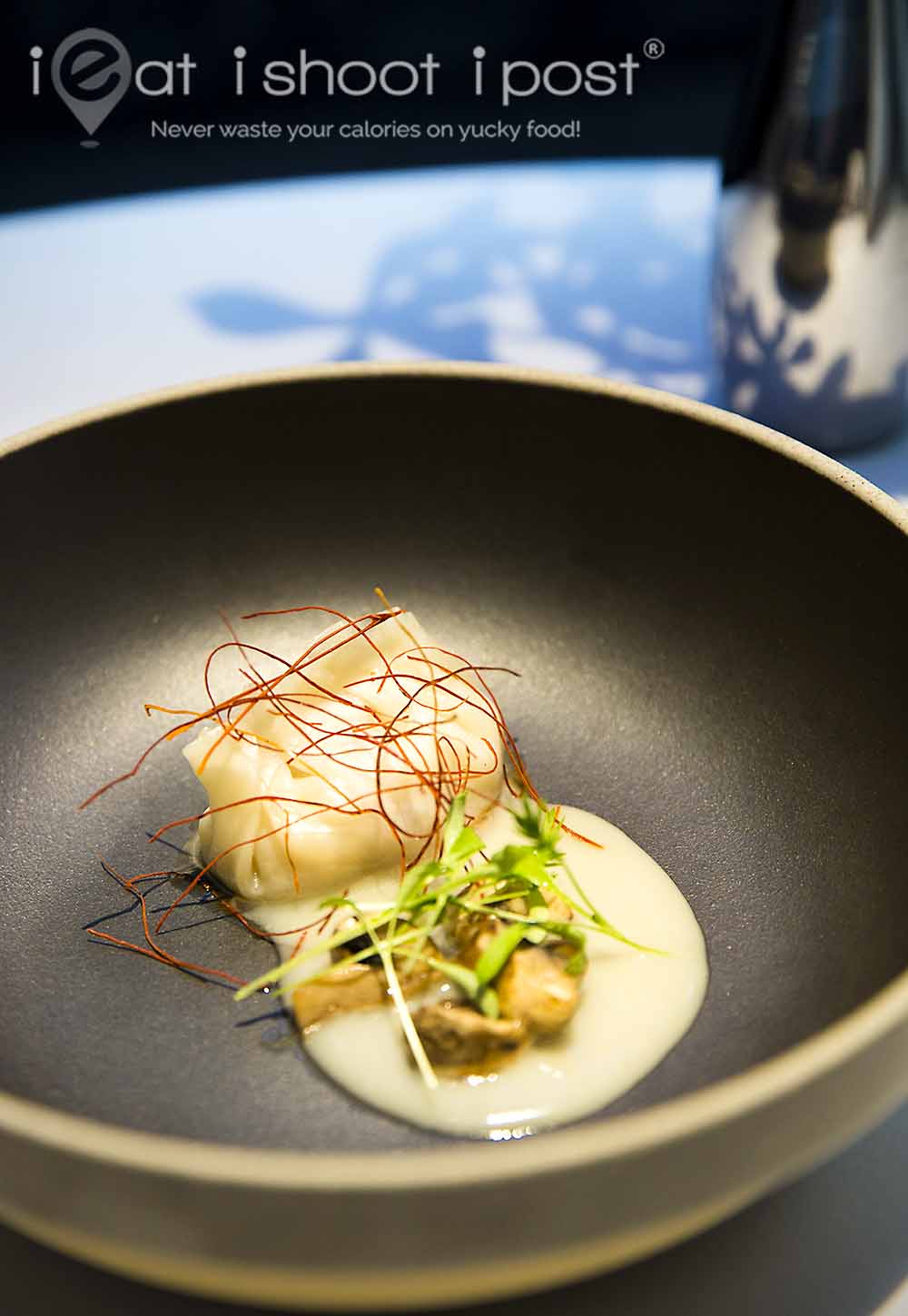
His new menu also pays homage to his childhood memories and especially of that of his “Po Po” (maternal grandma). Po Po had worked for a British family in the past and had created a version of chicken rice with white sauce to suit the British palate. His rendition of chicken rice looks nothing like the chicken rice that we are used to but when you bite into his beautifully constructed dumpling, the familiar flavours of chicken rice is unmistakable.
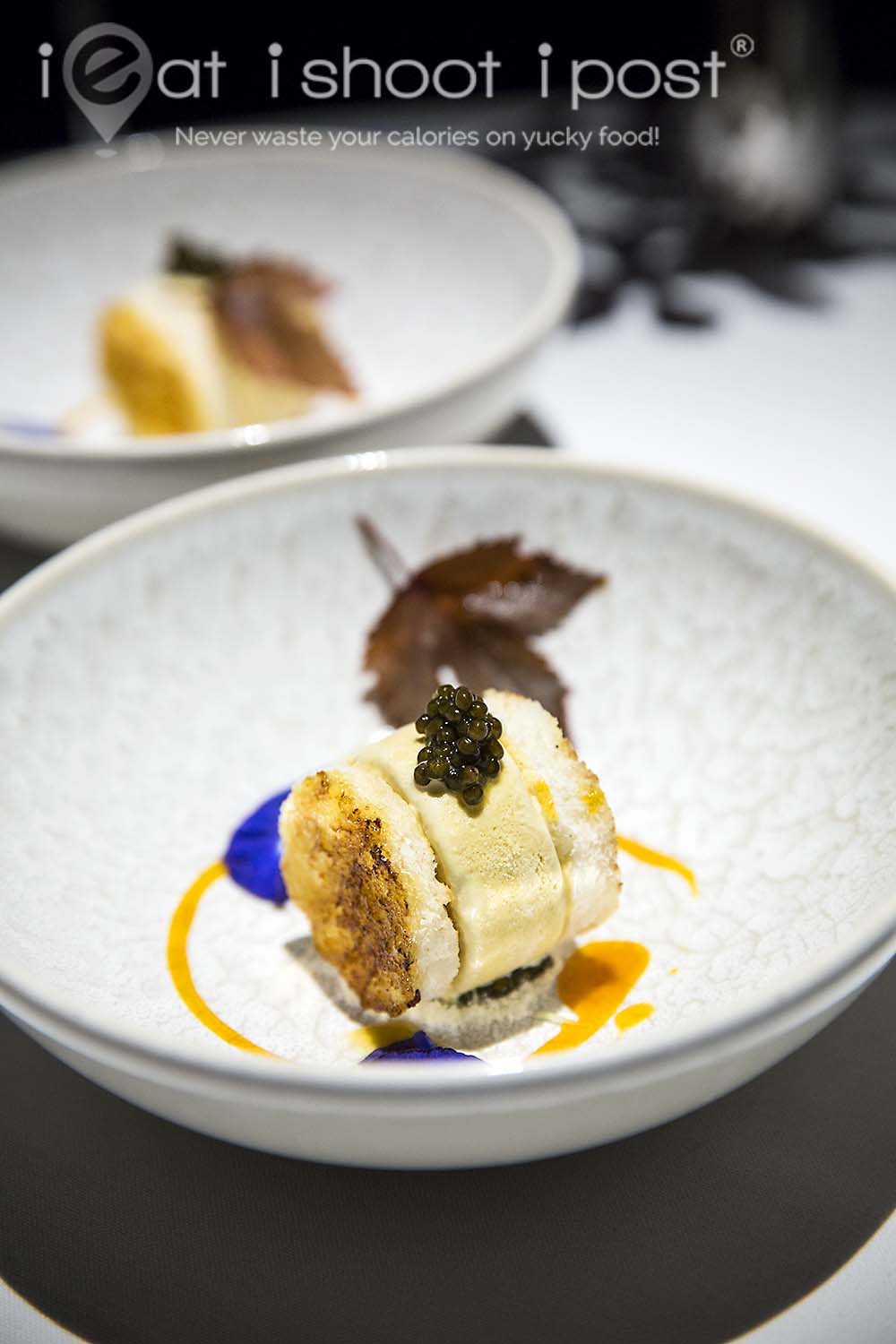
Conclusion
We enjoyed a wonder-filled journey of culinary discovery across Singapore in both space and time at the Labyrinth. The dishes were creative and well executed, but most importantly, they were delicious. There are of course, a few that I felt needed a bit of tweaking, but overall, it was a memorable meal and something which every Singaporean can identify with and be proud of.
Disclosure
This review was done as a media invite. That means the meal was sponsored but no fees were paid for the write-up.



